Home>Home Appliances>Laundry Appliances>When To Use Sanitize Cycle On A Washing Machine
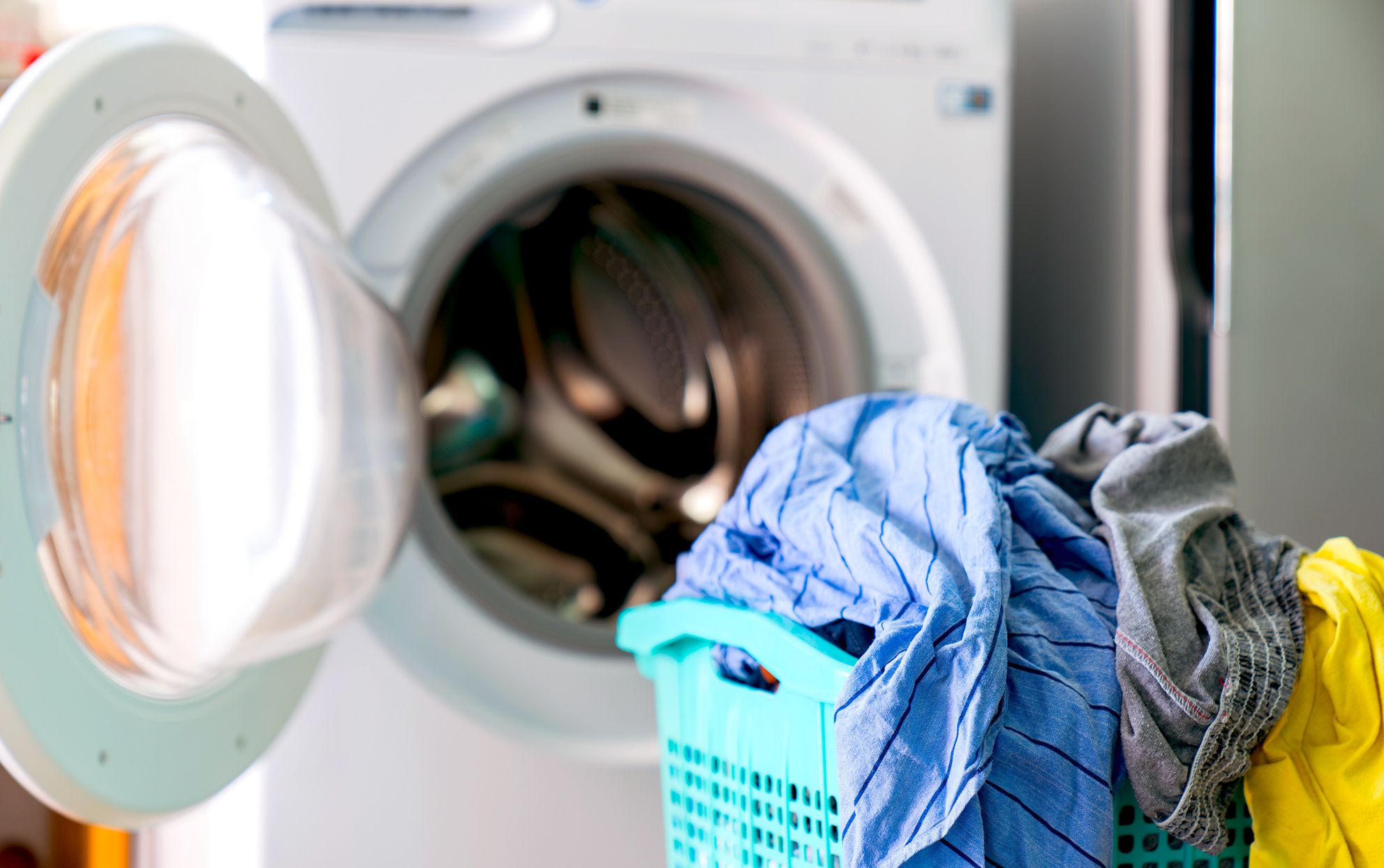

Laundry Appliances
When To Use Sanitize Cycle On A Washing Machine
Modified: August 27, 2024
Learn when to use the sanitize cycle on your laundry appliances to ensure clean and germ-free clothes. Discover the benefits of using the sanitize cycle for a hygienic laundry routine.
(Many of the links in this article redirect to a specific reviewed product. Your purchase of these products through affiliate links helps to generate commission for Storables.com, at no extra cost. Learn more)
Benefits of Using the Sanitize Cycle
The sanitize cycle on a washing machine offers a multitude of benefits, making it a valuable feature for maintaining cleanliness and hygiene in your laundry. Here are some compelling reasons to utilize the sanitize cycle:
-
Eliminates Harmful Bacteria and Germs: The sanitize cycle is designed to reach high temperatures, typically around 140-150°F (60-65°C), which effectively kills bacteria, germs, and other harmful microorganisms present in your laundry. This is particularly beneficial for households with individuals who have sensitive skin, allergies, or compromised immune systems.
-
Removes Stubborn Stains and Odors: The high heat of the sanitize cycle helps break down and remove tough stains and lingering odors from heavily soiled items, such as kitchen towels, cloth diapers, and workout clothes. This ensures that your laundry emerges not only sanitized but also fresh and clean.
-
Ideal for Baby and Children's Items: Parents can greatly benefit from the sanitize cycle when washing baby clothes, blankets, and plush toys. This feature provides peace of mind by effectively sterilizing these items, safeguarding the delicate skin of infants and young children from potential allergens and harmful bacteria.
-
Suitable for Allergy Sufferers: Individuals with allergies or sensitivities to dust mites, pet dander, and pollen can benefit from the sanitize cycle, as it helps to eliminate these allergens from bedding, curtains, and other fabric items, providing a healthier living environment.
-
Enhances Hygiene for Household Linens: Bedding, towels, and other linens can harbor bacteria and germs over time. The sanitize cycle ensures that these items are thoroughly disinfected, promoting a hygienic environment within your home.
-
Peace of Mind: Using the sanitize cycle offers peace of mind, knowing that your laundry has undergone a thorough sterilization process, especially during times when cleanliness and hygiene are of utmost importance, such as during illness outbreaks or when handling soiled items.
Incorporating the sanitize cycle into your laundry routine can significantly elevate the cleanliness and hygiene of your garments and household textiles, providing reassurance that your items are not only clean but also free from harmful microorganisms and allergens.
Key Takeaways:
- The sanitize cycle on a washing machine eliminates harmful bacteria, removes stubborn stains, and is ideal for baby items, providing peace of mind and promoting a hygienic living environment.
- Properly using the sanitize cycle involves selecting suitable items, reading the manufacturer’s instructions, pre-treating stains, and ensuring proper ventilation and maintenance for optimal results and safety.
Read more: What Is Sanitize Cycle On Washer
Types of Laundry Items Suitable for Sanitize Cycle
The sanitize cycle on a washing machine is a versatile feature that can effectively sterilize a wide range of laundry items, ensuring thorough disinfection and cleanliness. Understanding which items are suitable for the sanitize cycle can help you maximize its benefits and maintain a hygienic living environment. Here are various types of laundry items that are well-suited for the sanitize cycle:
-
Undergarments and Intimate Apparel: Clothing items such as underwear, bras, and lingerie can harbor bacteria and germs due to their close contact with the body. Using the sanitize cycle for these items helps eliminate any lingering microorganisms, providing a fresh and hygienic feel.
-
Kitchen Towels and Dishcloths: Kitchen towels and dishcloths are frequently exposed to food particles and moisture, creating an ideal environment for bacterial growth. The sanitize cycle effectively removes food-related bacteria and odors, ensuring that these items are thoroughly disinfected.
-
Cloth Diapers and Baby Clothing: For households with infants or young children, the sanitize cycle is invaluable for sanitizing cloth diapers, baby clothes, and blankets. This feature helps eliminate bacteria and allergens, promoting a hygienic environment for the little ones.
-
Gym and Workout Clothes: Workout attire tends to accumulate sweat, bacteria, and odors, especially after intense physical activities. The sanitize cycle aids in removing these stubborn odors and ensures that the garments are thoroughly sanitized for future use.
-
Bedding and Linens: Sheets, pillowcases, and other bedding items can harbor dust mites, sweat, and skin cells, making them ideal candidates for the sanitize cycle. This feature effectively eliminates allergens and bacteria, promoting a clean and hygienic sleeping environment.
-
Towels and Washcloths: Bath towels and washcloths are constantly exposed to moisture, making them susceptible to bacterial growth and musty odors. Utilizing the sanitize cycle ensures that these items are thoroughly disinfected and free from lingering odors.
-
Stuffed Toys and Plush Items: Children's toys, especially plush items, can accumulate dust, dirt, and bacteria over time. The sanitize cycle provides a convenient way to sterilize these items, ensuring that they remain clean and safe for play.
-
Household Curtains and Drapes: Curtains and drapes can trap dust, pet dander, and other allergens, making them suitable candidates for the sanitize cycle. This feature effectively removes allergens and bacteria, promoting a healthier indoor environment.
By incorporating the sanitize cycle into your laundry routine for these specific items, you can effectively maintain cleanliness and hygiene throughout your home, ensuring that your family's garments and household textiles are thoroughly disinfected and free from harmful microorganisms.
Tip: Use the sanitize cycle on your washing machine when washing items that need extra germ-killing power, like underwear, towels, or items from sick household members.
How to Properly Use the Sanitize Cycle
Properly utilizing the sanitize cycle on your washing machine is essential to ensure thorough disinfection and optimal results. Follow these steps to effectively harness the benefits of the sanitize cycle:
-
Select Appropriate Items: Begin by identifying the laundry items that require sanitization. This may include undergarments, kitchen towels, bedding, and other suitable items known to harbor bacteria, germs, or allergens.
-
Read the Manufacturer's Instructions: Familiarize yourself with the manufacturer's guidelines for using the sanitize cycle on your specific washing machine model. This may involve consulting the user manual or checking for any specific instructions provided on the appliance.
-
Sort Laundry Accordingly: Separate the items that require sanitization from those that can be washed using regular cycles. This ensures that only suitable items are subjected to the high-temperature treatment of the sanitize cycle.
-
Pre-Treat Stains if Necessary: Address any visible stains or heavily soiled areas on the laundry items before placing them in the washing machine. Pre-treating stains can help enhance the effectiveness of the sanitize cycle in removing tough blemishes.
-
Load the Washing Machine: Place the identified items into the washing machine drum, ensuring that it is not overloaded. Adequate space allows for proper water circulation and heat distribution during the sanitize cycle.
-
Add Detergent and Other Additives: Use an appropriate detergent suitable for the sanitize cycle, following the recommended dosage. Additionally, if desired or recommended, consider adding laundry additives such as bleach or oxygenated cleaners to further enhance the sanitization process.
-
Select the Sanitize Cycle: On the washing machine's control panel, locate and select the sanitize cycle option. Depending on the model, this may be labeled as "Sanitize," "Sterilize," or a similar designation. Follow any additional prompts or settings specific to the sanitize cycle, such as adjusting the water temperature or cycle duration if applicable.
-
Initiate the Cycle: Once the sanitize cycle and any additional settings have been selected, initiate the washing machine cycle to commence the sanitization process. Ensure that the door is securely closed, and the cycle begins as per the selected settings.
-
Wait for Completion: Allow the washing machine to complete the sanitize cycle, which typically involves reaching and maintaining high temperatures for a specified duration to effectively eliminate bacteria, germs, and allergens.
-
Retrieve and Air-Dry: Once the sanitize cycle is complete, promptly remove the sanitized items from the washing machine and consider air-drying them, if suitable. This allows for thorough drying and further promotes cleanliness.
By following these steps, you can effectively harness the power of the sanitize cycle, ensuring that your laundry items are thoroughly disinfected and free from harmful microorganisms, providing a clean and hygienic living environment for you and your family.
Precautions When Using the Sanitize Cycle
When utilizing the sanitize cycle on your washing machine, it is essential to observe certain precautions to ensure safety, optimal performance, and the longevity of your laundry items. Here are important precautions to consider:
-
Fabric Compatibility: Before using the sanitize cycle, carefully assess the fabric care labels of the items intended for sanitization. Some delicate fabrics, such as wool, silk, and certain synthetic materials, may not be suitable for the high temperatures of the sanitize cycle. It is crucial to reserve this cycle for items that can withstand the heat without incurring damage.
-
Colorfastness: Verify the colorfastness of the laundry items, especially when using the sanitize cycle for the first time. Brightly colored or patterned garments should be tested for colorfastness to prevent potential fading or bleeding of dyes during the high-temperature wash. This can be done by dampening a small, inconspicuous area of the fabric and blotting it with a white cloth to check for color transfer.
-
Proper Loading: Avoid overloading the washing machine when utilizing the sanitize cycle. Overcrowding the drum can hinder proper water circulation and heat distribution, compromising the effectiveness of the sanitization process. Adhering to the recommended load capacity ensures that each item receives adequate exposure to the high temperatures.
-
Detergent Selection: Choose a detergent specifically formulated for use with the sanitize cycle. Opt for products that are suitable for high-temperature washes and designed to effectively remove bacteria and germs. Using the appropriate detergent helps maximize the sanitization benefits while maintaining the integrity of the laundry items.
-
Avoid Overuse: While the sanitize cycle is valuable for eliminating bacteria and allergens, it is important to avoid overusing this feature for items that do not necessarily require thorough sterilization. Reserve the sanitize cycle for specific items known to harbor harmful microorganisms, such as heavily soiled garments, kitchen linens, and certain bedding items.
-
Proper Ventilation: After completing the sanitize cycle, ensure proper ventilation in the laundry area. This allows any residual heat and moisture to dissipate, preventing the development of musty odors within the washing machine and the surrounding space. Keeping the door ajar or utilizing ventilation fans can aid in this process.
-
Maintenance and Cleaning: Regularly maintain and clean your washing machine to uphold its performance and hygiene. Follow the manufacturer's guidelines for cleaning the drum, gasket, and detergent dispenser to prevent the buildup of mold, mildew, and bacteria, which can compromise the effectiveness of the sanitize cycle.
By adhering to these precautions, you can effectively harness the benefits of the sanitize cycle while safeguarding your laundry items and promoting a clean, hygienic environment within your home.
Frequently Asked Questions about When To Use Sanitize Cycle On A Washing Machine
Was this page helpful?
At Storables.com, we guarantee accurate and reliable information. Our content, validated by Expert Board Contributors, is crafted following stringent Editorial Policies. We're committed to providing you with well-researched, expert-backed insights for all your informational needs.
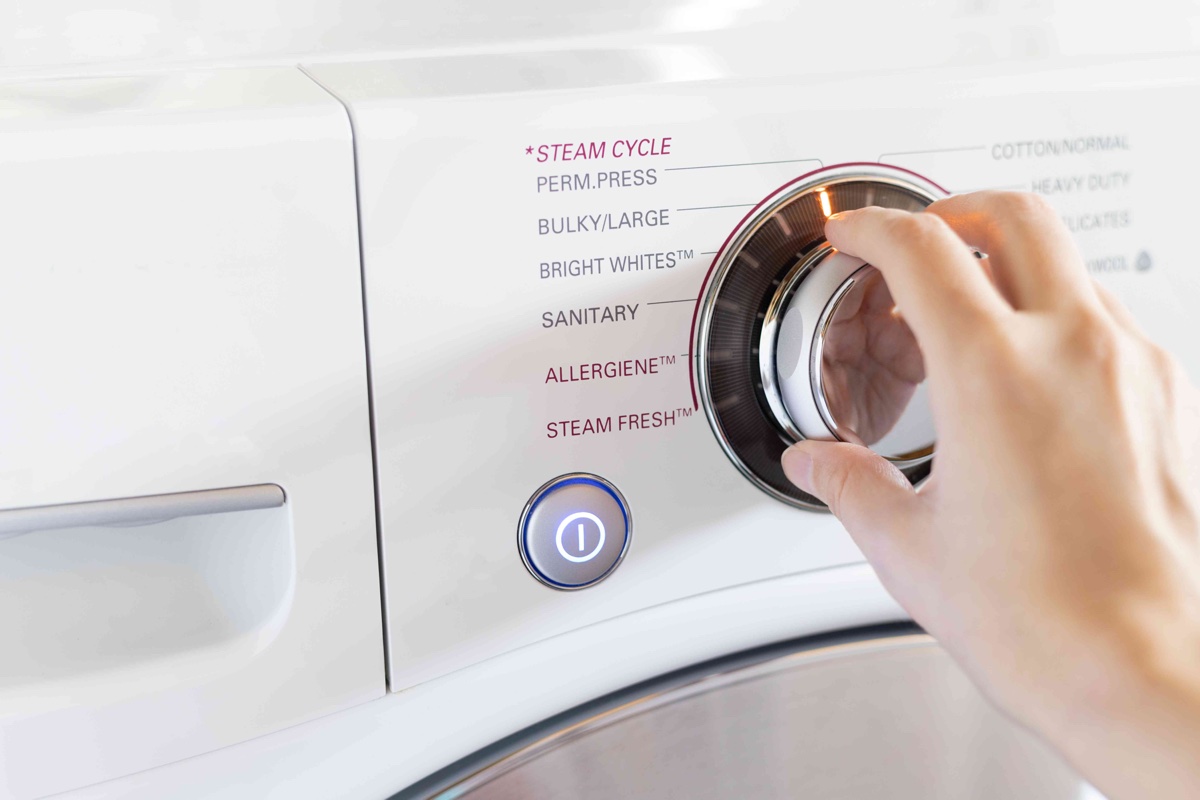

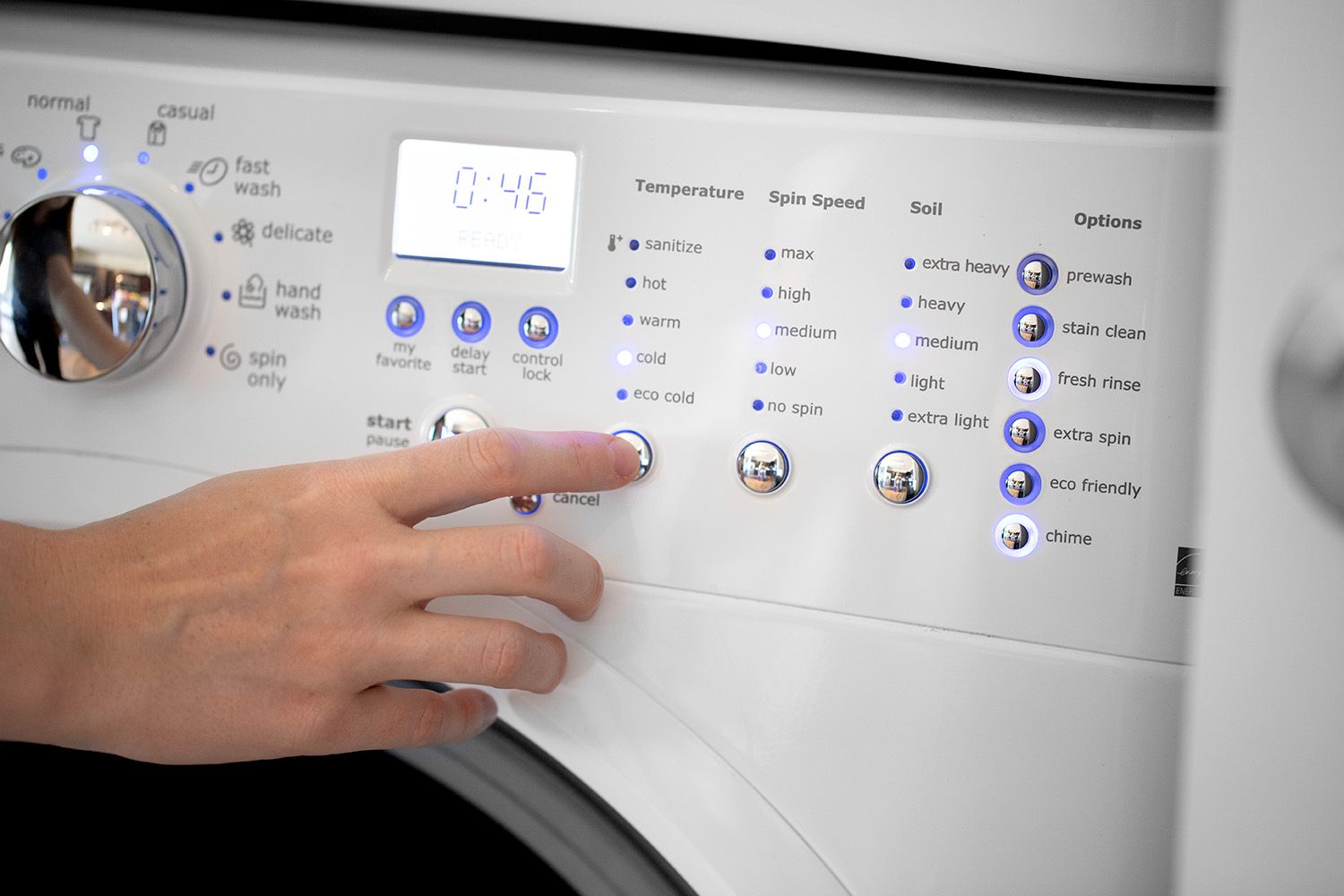
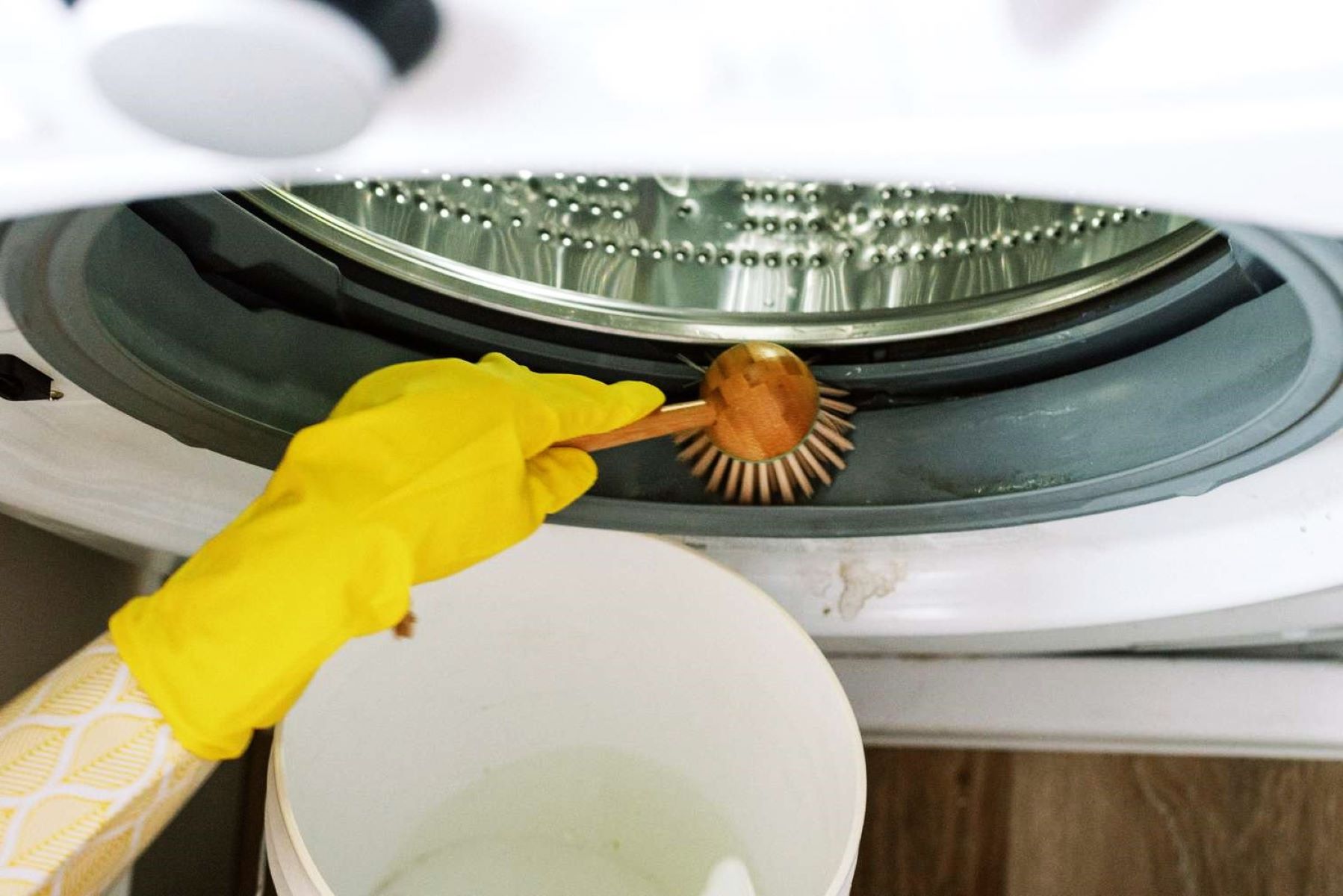
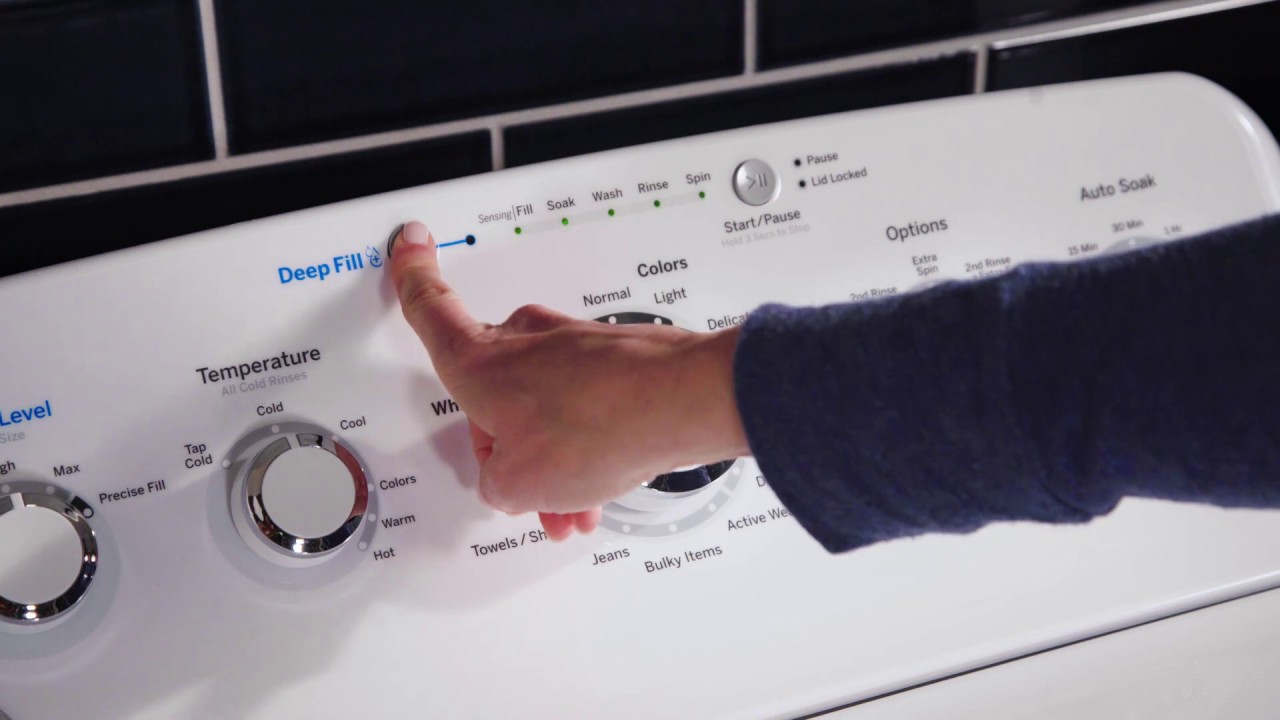
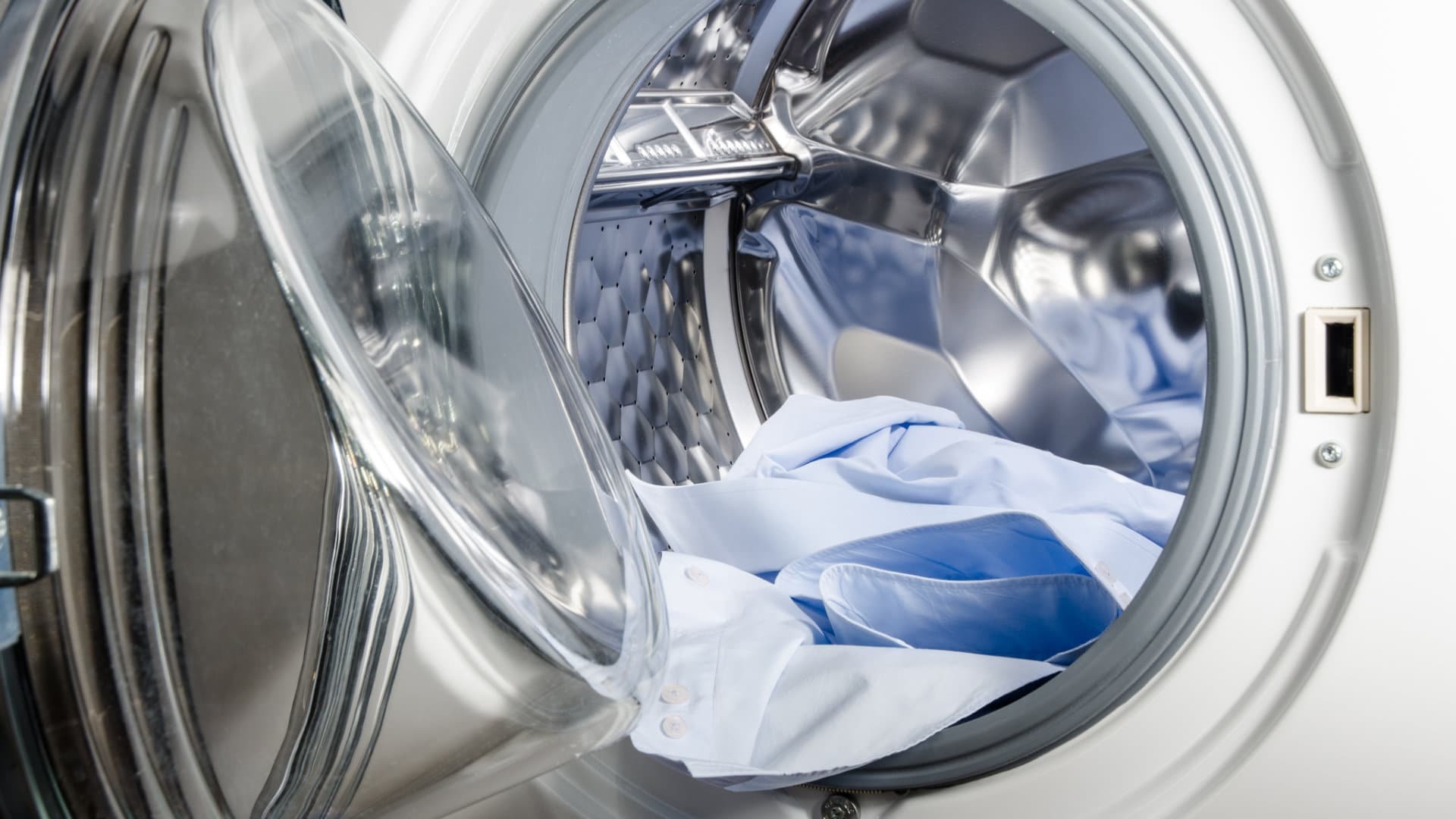
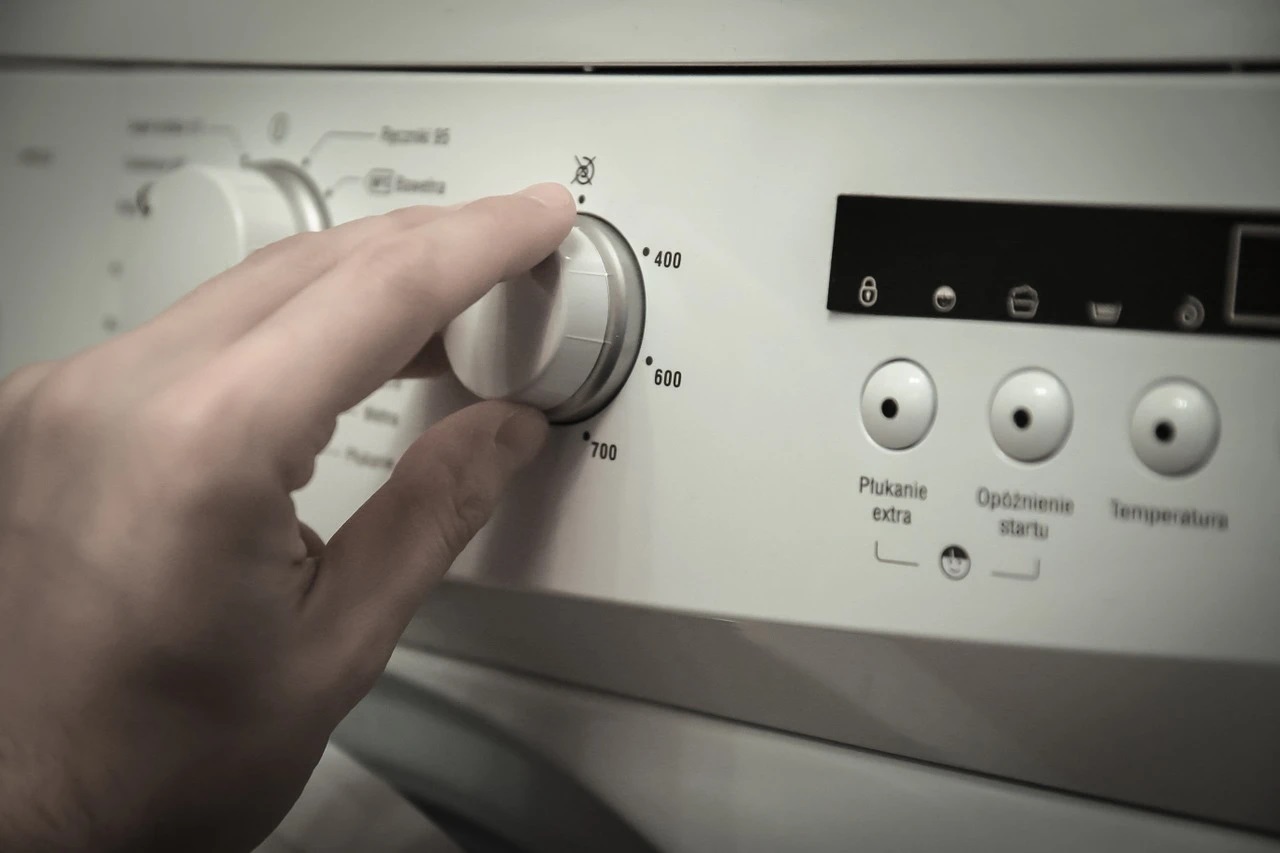
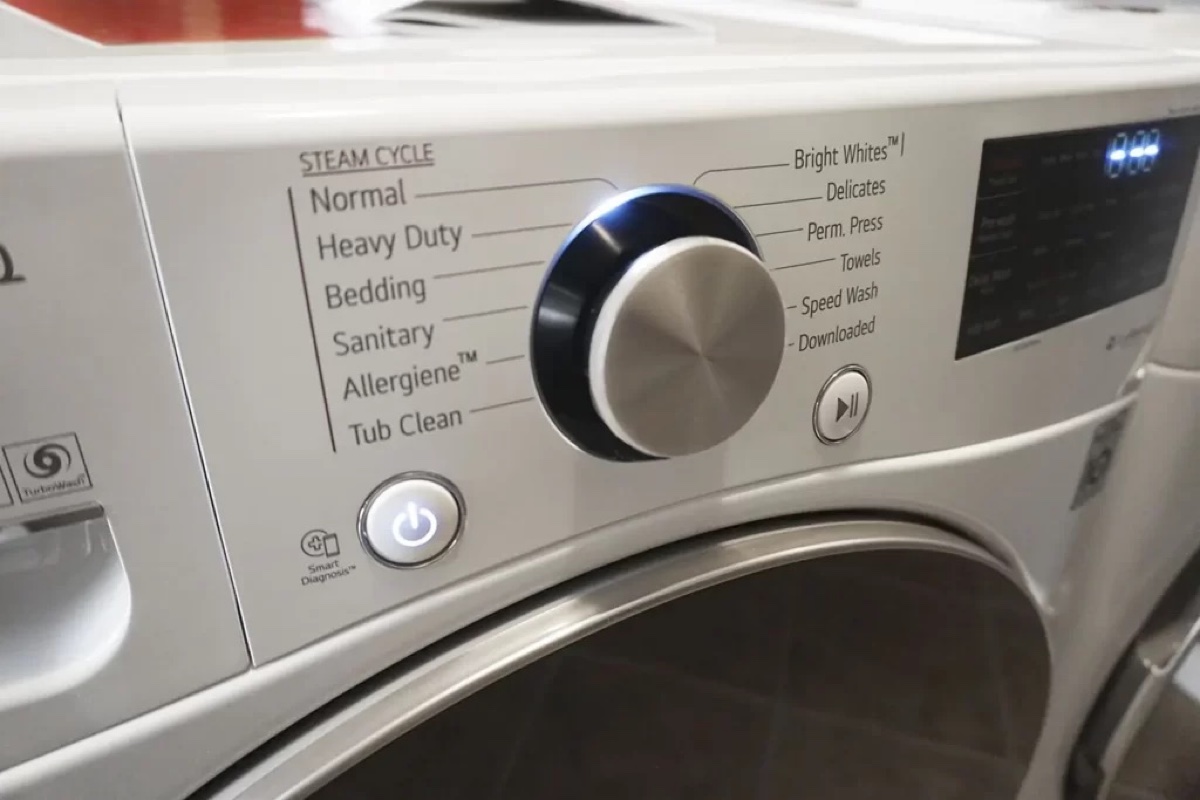

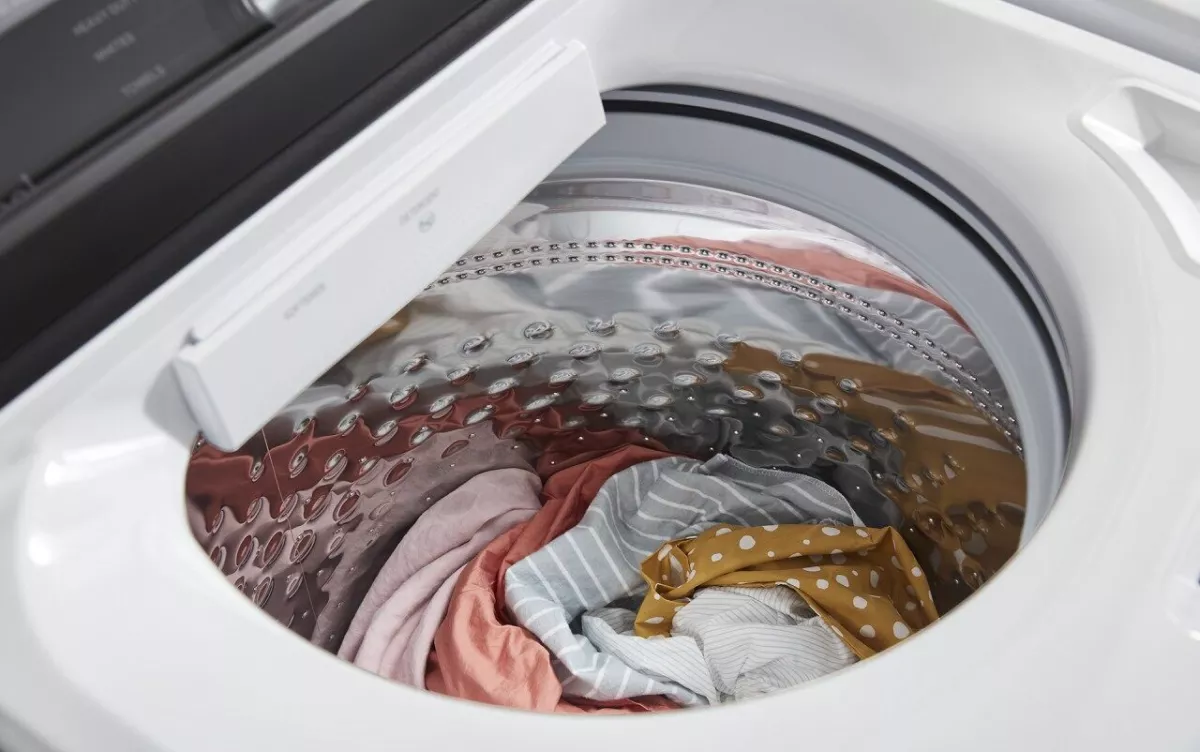
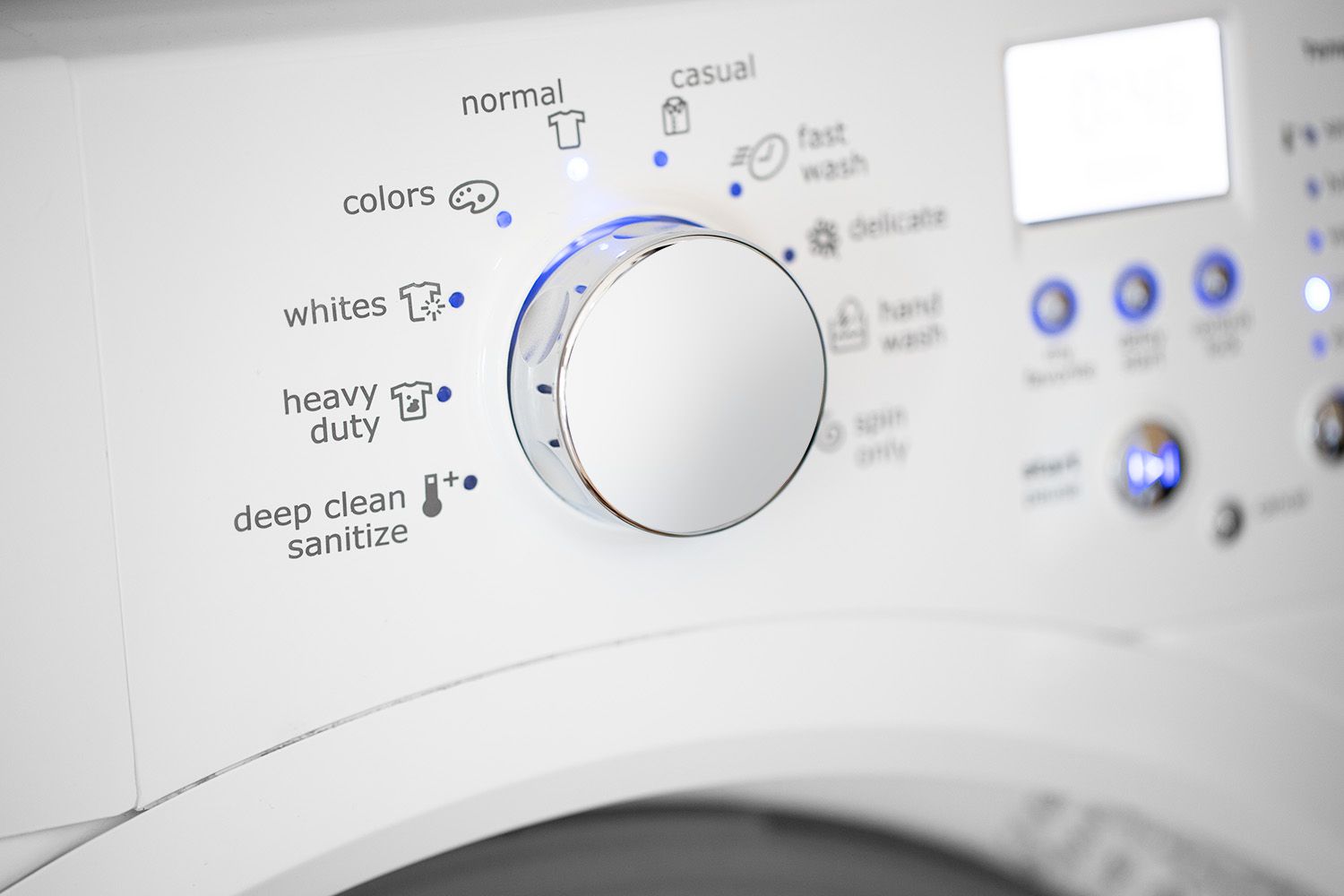
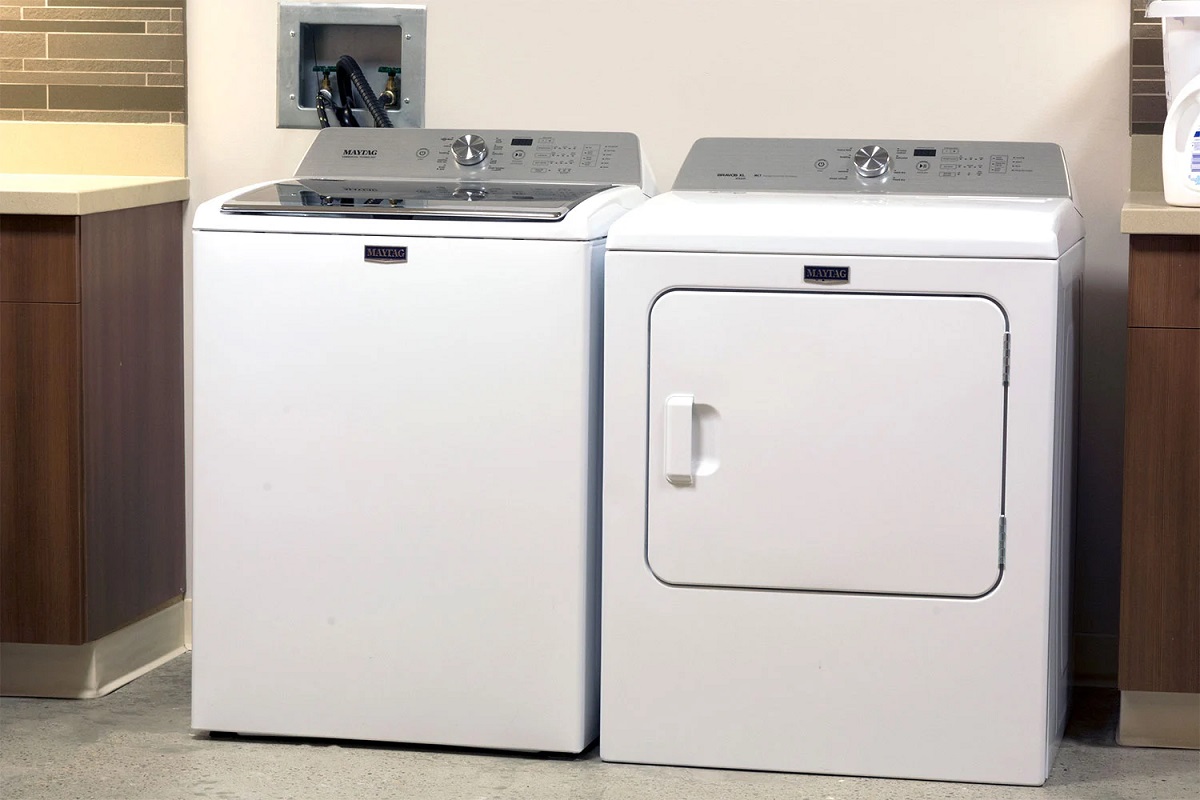
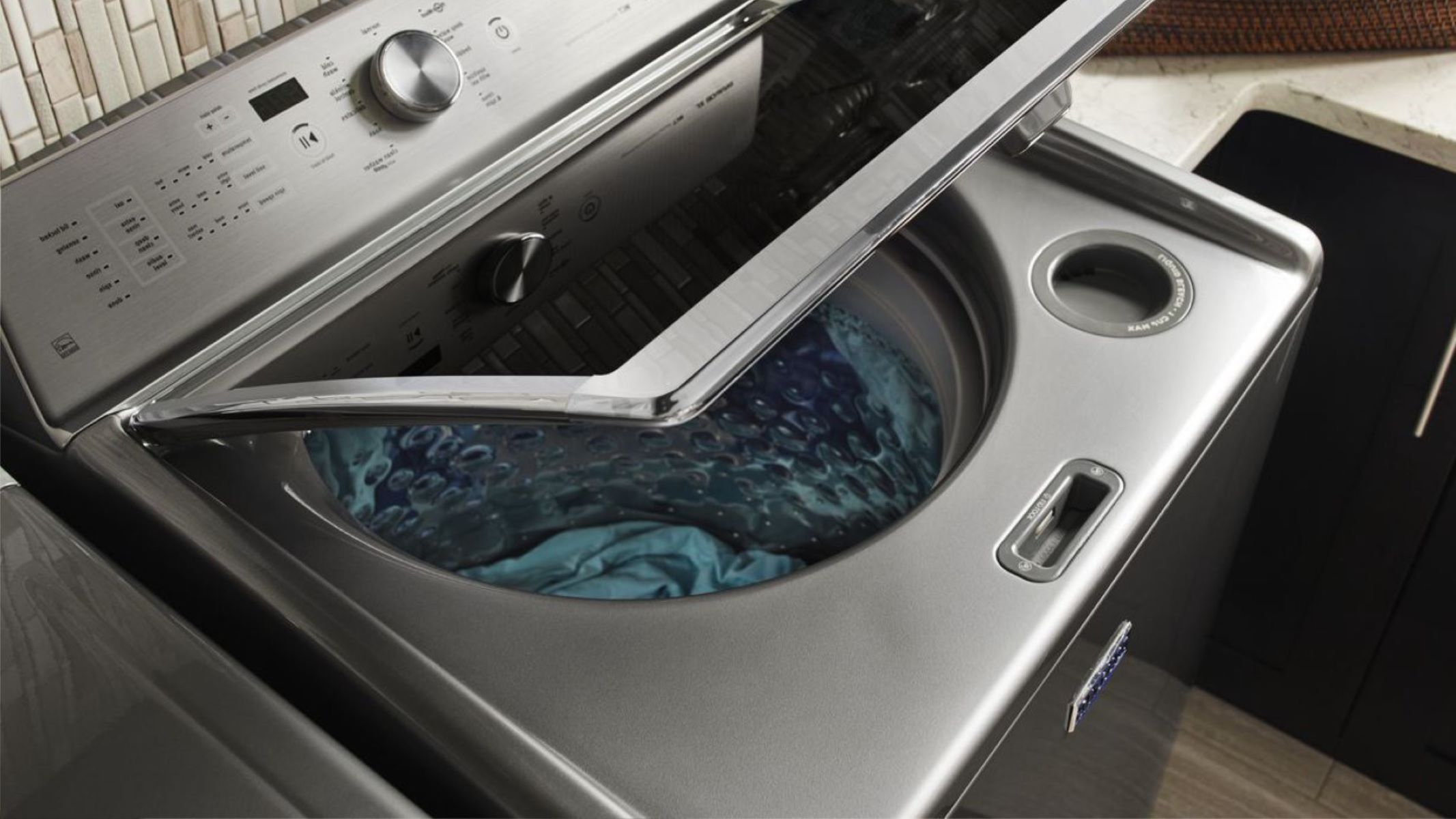
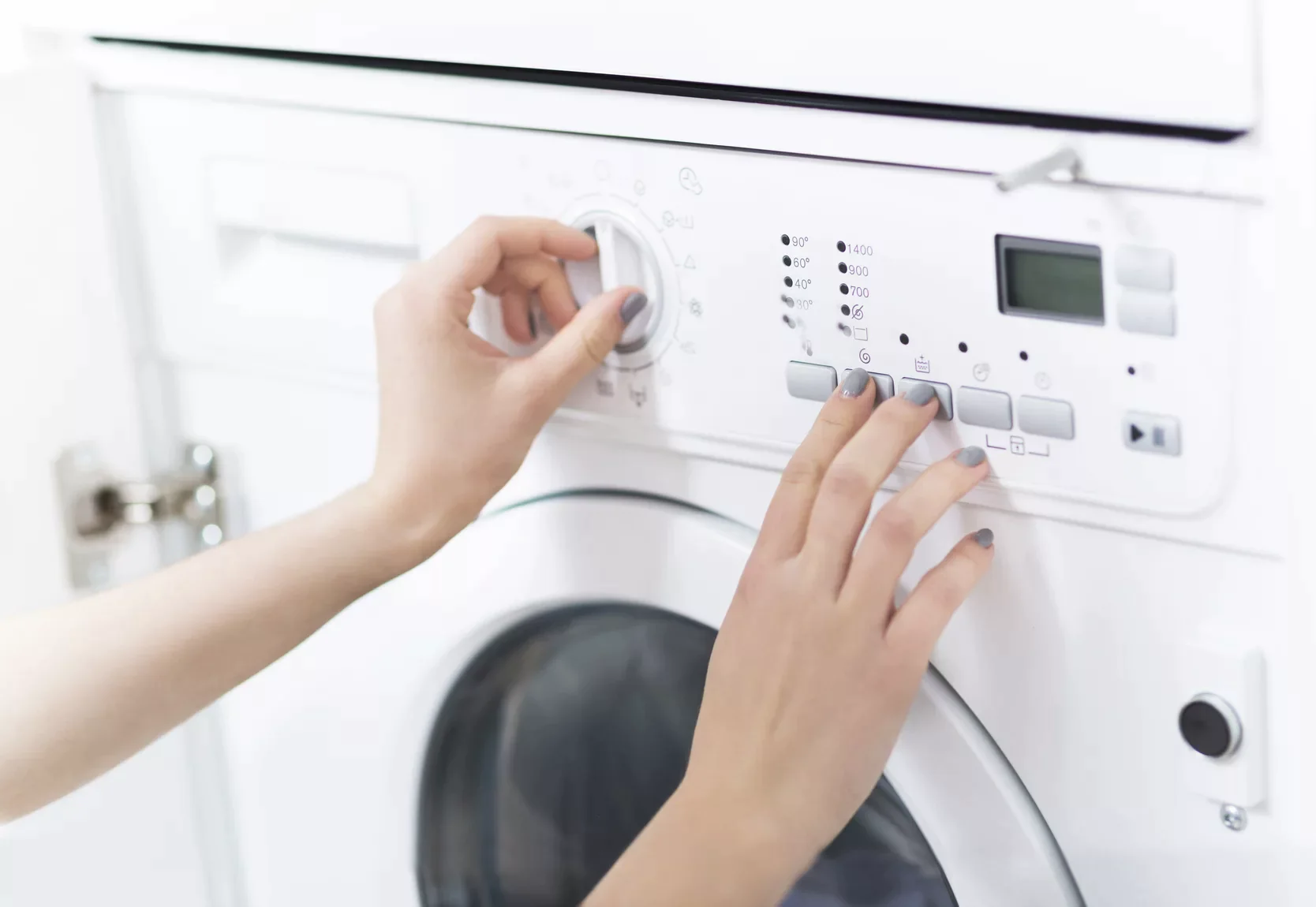
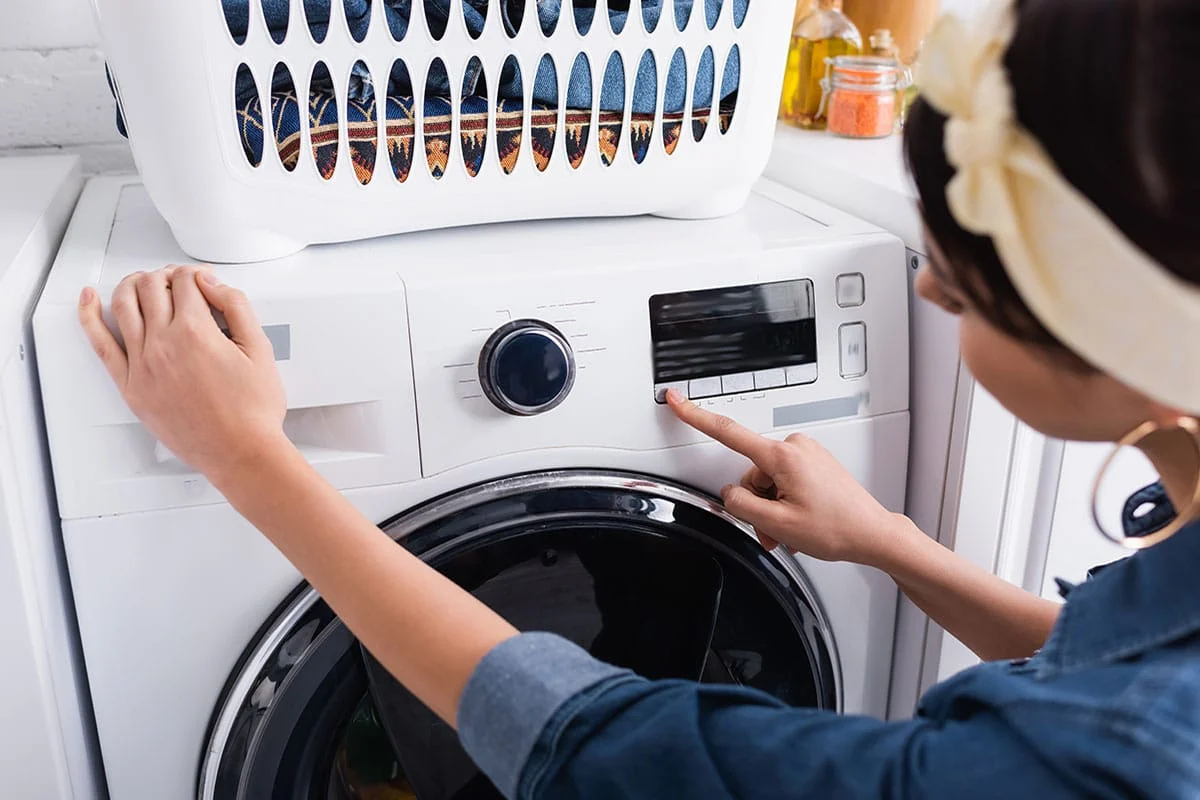

0 thoughts on “When To Use Sanitize Cycle On A Washing Machine”